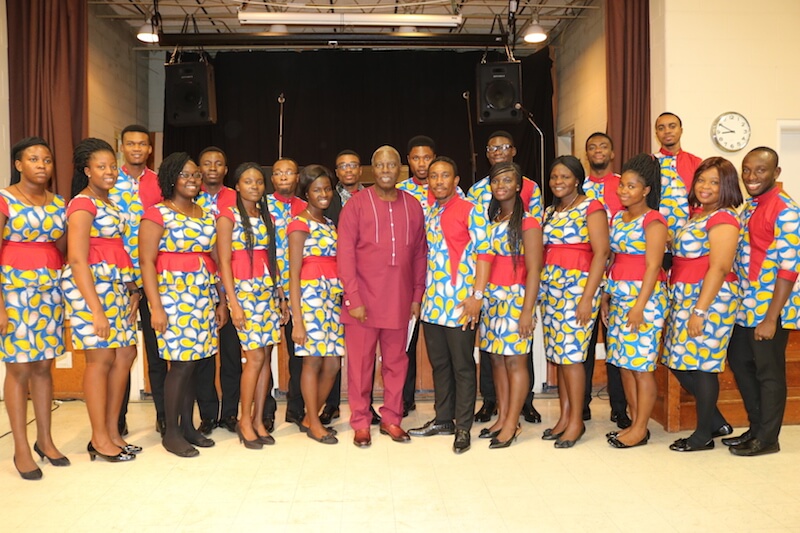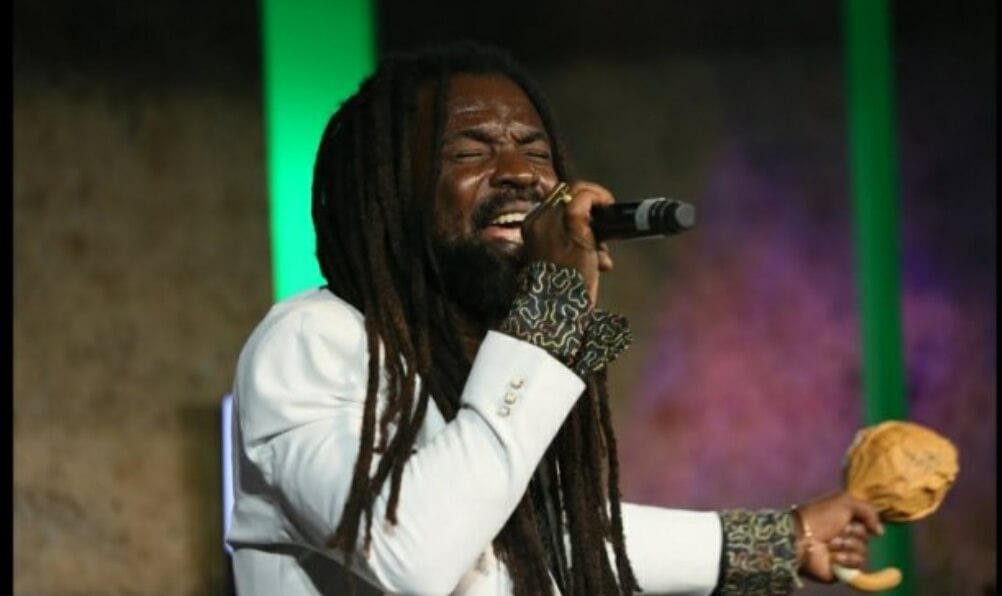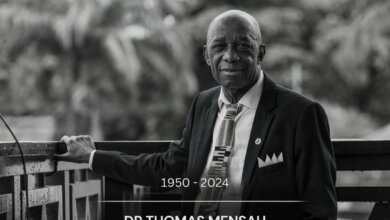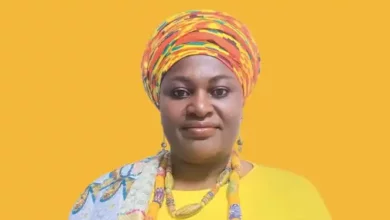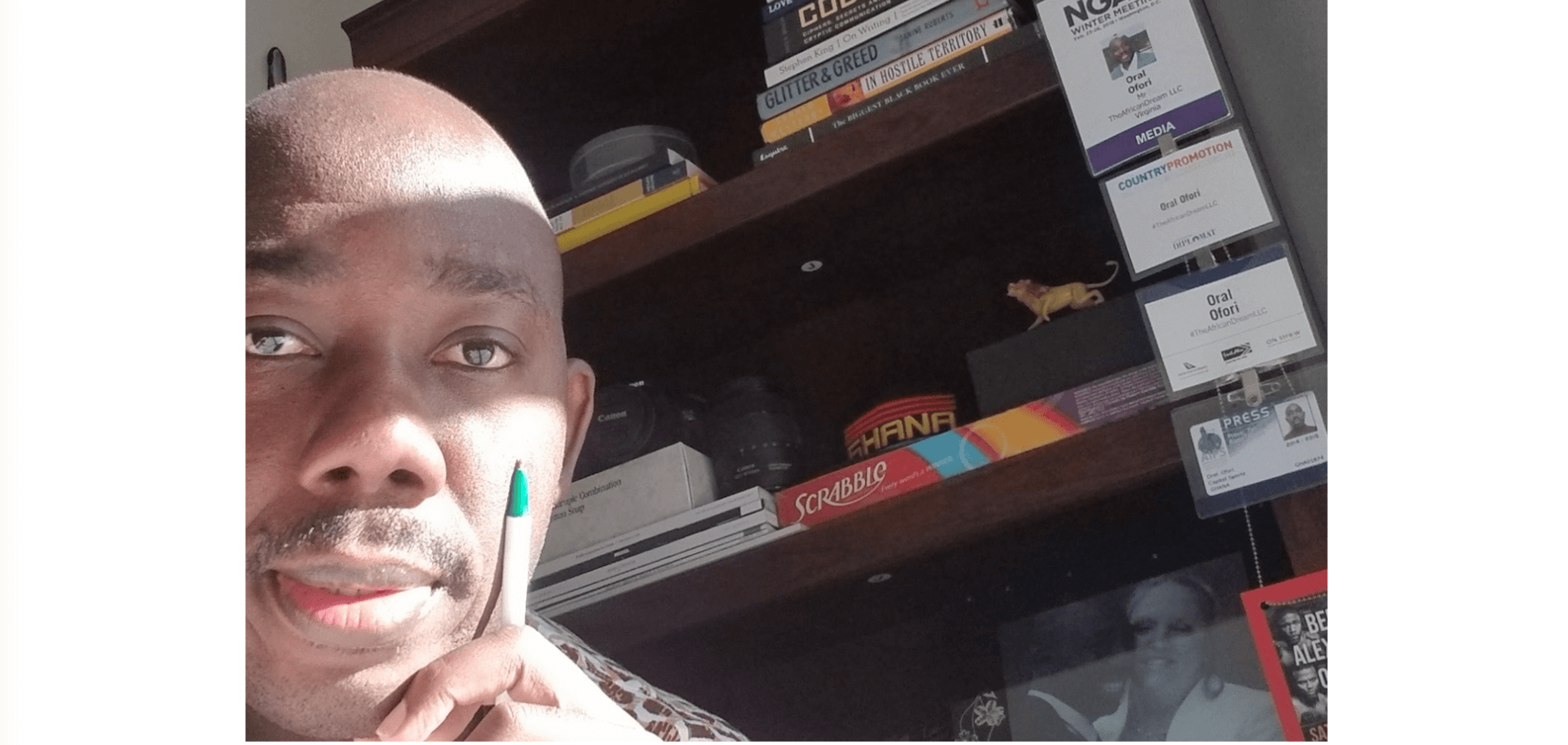Yunupingu, Australia’s fighter for Aboriginal land rights dies at 74
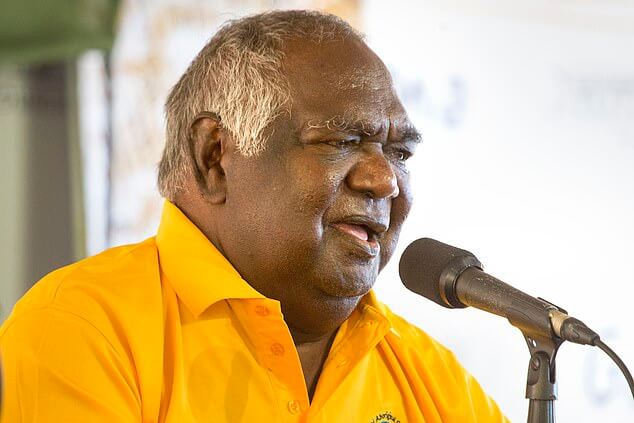
From political boardrooms to the Northern Territory bush, Dr. Galarrwuy Yunupingu walked tall in two worlds, always with a fire burning deep inside. Born June 30, 1948, Yunupingu leaves behind an immense legacy.
He was a man of fire – or “Gurtha”, one of his sacred Gumatj clan totems. It was this fire, now extinguished, that lit the fuse of an extraordinary lifetime spent in the political trenches while hunting for rights, recognition and real empowerment for Australia’s First Nations people.
A former Australian of the Year, Garma festival chairman, land rights stalwart, singer, painter and a force of community power, Yunupingu has passed away in Arnhem Land at age 74.
His eldest daughter, Binmila Yunupingu, said her father was “a person that always wanted to listen and learn and give, give the community, give his old people, something back”.
“He was the best dad – he gave us everything,” she said.
Yunupingu, the leader of northeast Arnhem Land’s Gumatj clan, leaves a legacy of hope for Aboriginal Australians, despite often conceding he’d seen little change during his lifetime.
Early years in Arnhem Land
From his earliest years, a path of leadership seemed to be set for Yunupingu. He hailed from powerful family roots: the son of Gumatj clan leader Mungurrawuy Yunupingu, his father had pushed him to learn a western education, while also staying true to his Yolngu traditions.
“I think my grandfather knew he was a born leader,” Binmila said. “From a very small age he knew that Dad would be the leader of my people.”
His long-term business partner, Klaus Helms, met Yunupingu when they were both teenagers.
“I thought he was an arrogant bloody young kid,” Mr Helms once said. “He’s a charmer, I can tell you that. But at the same time, he’s always been true to his heart. He never, never loses passion for his people on his way.”
The missionaries of Yirrkala community, where Yunupingu was raised, saw him as a future clergyman, and as a youth he was flown down to study at Bible college in Brisbane.
On his return to Arnhem Land, the young man then known to non-Indigenous people as “James”, Yunupingu cast off the notion of priesthood, and followed very different paths. Yunupingu’s friend Ted Egan, the bush balladeer and former NT Administrator, first met the Gumatj man upon his return from Bible school in the mid-1960s.
“He came back and he was a very smart, very handsome young man,” Mr Egan has said. “He spoke his Yolngu Matha traditional languages impeccably, and he spoke really good English, and could read and write English at pretty well a tertiary level.”
Yunupingu had paid close attention when his father and the region’s other clan leaders had battled against the arrival of mining to the Gove Peninsula and its encroachment onto Yolngu land.
In the early 1970s, the young Yunupingu acted as a translator for his elders in the high-profile Gove land rights court case against mining firm Nabalco, which, despite best efforts, the traditional owners lost.
A political fighter for Aboriginal rights
Later in the ’70s, Yunupingu became chairman of the powerful Northern Land Council (NLC), a position he held across three decades of immense change.
As the NLC boss, he tightrope walked his way through negotiations over uranium mining on the edge of Kakadu National Park, which had received great pushback from Kakadu’s Mirarr people.
These efforts saw Yunupingu named as the 1978 Australian of the Year.
“Governments and mining companies don’t normally deal with just any ratbags and radicals,” Yunupingu famously said in accepting the recognition.
In the late 1980s, he helped forge a blueprint for a treaty between Aboriginal people and the Australian Government – his image immortalised in a black and white photograph presenting then-Prime Minister Bob Hawke with the Barunga Statement in 1988.
“It will be something to remind any government who will run in its power to change policies and Constitution, that Aboriginal people will always be in front of their policy making and decision making,” Yunupingu said in ’88.
“The notice that we will present to the prime minister now will remind not only Bob Hawke but the next one after him, and the next one after him, and the next one after him, and the next one after him, and we can count that for another 200 years.”
Yunupingu a guiding force for Yothu Yindi
Yunupingu’s work towards a treaty inspired his younger brother, Mandawuy Yunupingu, the lead singer of ARIA Award-winning NT rock band, Yothu Yindi, to start writing their biggest hit, ‘Treaty’ in 1990.
While Yunupingu was focused on his political agenda, music was a lifelong passion, and he was a guiding force for Yothu Yindi during their early years as a touring band.
Although seldom onstage rocking out with the group, his fingerprints were all over their work: he painted the album art, sung traditional elements of the songs, and offered advice to his younger brother Mandawuy about how to keep his Yolngu culture strong as he navigated the music industry.
Yunupingu himself had experienced the recording industry in the early ’70s, alongside mate Ted Egan. The Gumatj leader had sung and released a single written by Mr Egan, called the ‘Gurindji Blues’, about the struggles of the land rights movement happening at the time in the Territory.
Failures of successive governments
Over the decades, prime ministers would often come to Yunupingu for advice on Indigenous affairs, right up to Anthony Albanese, who met with him at Garma festival in 2022. He went fishing with Malcolm Fraser. Drank beer with Bob Hawke. Sat for tea with Tony Abbott.
But despite the promises of successive governments, forging tangible outcomes for Aboriginal advancement would prove hard-wrought and rare — a reality which saw Yunupingu grow increasingly disillusioned as he aged.
“It’s quite frustrating for all of us, all of us Aboriginal people being left with words so big, so big that [they’re] not understandable to all of us … and still haven’t come up with an answer,” he said at the Barunga Festival in 2018 — the 30th anniversary of Hawke’s failed promise for a treaty.
Regardless of the hurdles, Yunupingu’s role in pushing for an adequate place at the table — during the land rights movement, the steps towards a treaty and, more recently, in the Uluru Statement from the Heart — ensured the nation’s Indigenous voices could no longer be ignored.
Lighting the fire for Gumatj people
In his post-NLC years, Yunupingu chaired the Gumatj Corporation, which would receive vast amounts of mining royalties from company Rio Tinto for its use of Yolngu land.
The agreed royalty allocations created schisms within the Yolngu world, as other clans perceived injustice in the distribution percentages offered out.
This would eventually lead to drawn-out legal tussles between clan groups. But the royalties would also help Yunupingu find a way to fuel his vision of economic self-empowerment, and navigate a path for his community away from the welfare system — a system he saw as a “poison for his people”.
It gave his corporation the ability to create infrastructure including a timber mill, a cattle farm and a bauxite mine, which all came with real jobs for his Gumatj people.
The timber mill today sees Yolngu employees cutting beams to help build structures across Australia. The mine sees Yolngu workers digging out bauxite for international export. Yunupingu’s community still has its struggles: but it also has its glittering achievements.
“I am trying to light the fire in our young men and women,” Yunupingu wrote in 2008.
“We are setting fires to our own lives as we really should, and the flame will burn and intensify … and remind people that we, the Gumatj people, are the people of the fire.”
His daughter Binmila said she believed her father’s work would carry on into the next generations.
“His work from day one, his life story, I hope that can inspire other Yolngu people to come through and become those next leaders,” she said. “Even if we’re ignored, at least that voice is there to help us carry on the fight for justice and rights for our people.”
Yunupingu started life as a “radical” from the remote NT bush, he would end it as king: of his people, of the Garma festival, and as arguably the most influential Indigenous leader of his generation — a fire which burned vividly on the Australian political landscape.
He is survived by two of his four wives, 12 children and many grand and great grandchildren.
Source: ABC News
Oral Ofori is Founder and Publisher at www.TheAfricanDream.net, a digital storyteller and producer, and also an information and research consultant.

